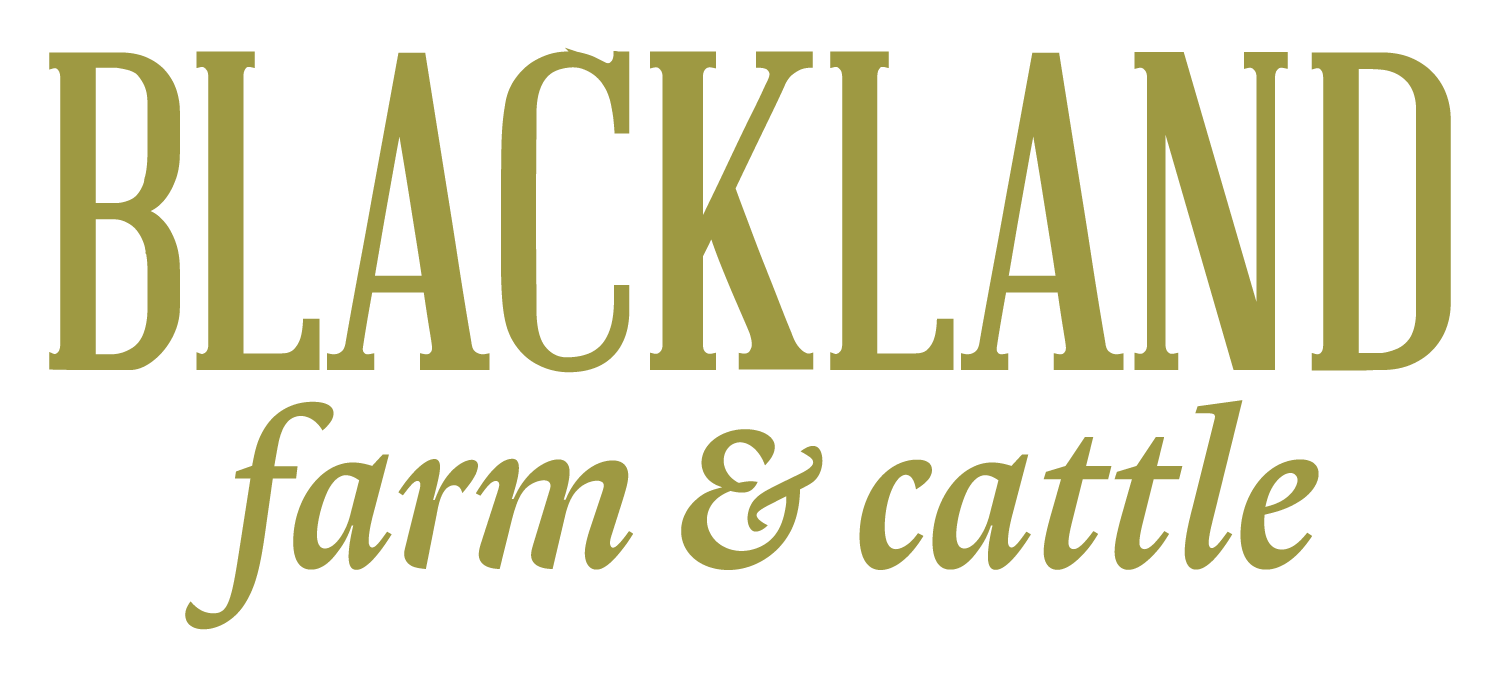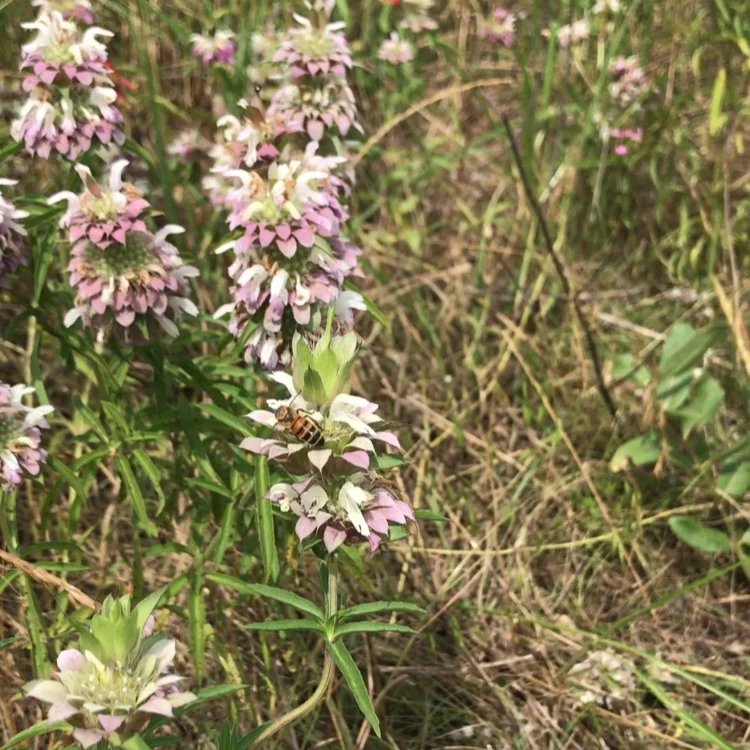BEE a Friendly Gardener!
We had a few beautiful weather days that made me start daydreaming about my spring and summer gardens. Last summer was so hot and dry that the honeybees really struggled during their summer honey flow. We did have a decent fall honey flow – but ended up leaving it with the bees for their own winter stock.
I have missed having our own honey this winter! Thankfully, there are simple things we can each do in our own lawns and gardens to give bees and other pollinators a little boost.
Granted, I am NOT the best gardener – I’m a pretty lazy gardener comparatively speaking. BUT - I have some easy pieces of advice for making your lawn and garden pollinator-friendly.
Let your lawn get a little shabby! Bees love henbit (the early-blooming purple flower that everyone mows down) and dandelions (they’re a happy yellow, they make fluff balls, and they don’t make stickers - they’re really not so bad!).
Plant native plants for your area or plants that are well-suited to your soil, sun, and water conditions. They’ll withstand drought and extreme temperatures better, giving pollinators a better chance during the heat of the summer.
Find your favorite garden in your neighborhood and go talk to that gardener! There’s nothing a successful, long-time gardener loves more than to talk about plants and even share them. Many of my most successful plants were given to me by my mother-in-law. I’d tell her thank you right now, but it’s bad luck for the plants!
Dandelions are sticker-free, vibrant yellow, AND bee approved!
By being a lazy gardener, I’ve discovered which plants REALLY do well in my garden without too much fuss. These are some of my favorites for central Texas:
Any native wildflower! My personal favorite is blanket flower, but we have lots of bee balm growing in the pastures and I ALWAYS see bees foraging from them. The plant has unique blooms and is a great addition to any wildflower bed.
I wish you could have heard the buzzing from all the bees that were around when I took this photo!
Hollyhocks –not a native, but these old pass-alongs seem to tolerate our fluctuating weather pretty well if they’re planted out of the way of the harshest afternoon sun. When it rains more, they grow quite tall and are an excellent choice for a cottage-garden look. When it gets extremely dry, I have to give mine some extra water. Hollyhocks came with my house and I love them almost as much as the bees do!
An absolute mess of pollen
Flame acanthus – a Texas native with a tube-shaped red flower, this beautiful plant LOVES the sun. This plant grows to about 3ft high and 3ft wide, and attracts butterflies AND hummingbirds!
Texas purple sage – in my mind, the quintessential Texas shrub. Extremely drought hardy (make sure you plant it in a well-drained area). The vivid purple flowers stand out beautifully against its silvery leaves. When they bloom, they go CRAZY and they’ll make any drab spot in your yard sparkle.
I’m just going to sit here and look at pictures of flowers all day and pretend that it’s spring outside! The neighbors probably think I’m crazy, as I’m sure they’ve seen me chasing bees around the yard with my phone to get pictures.
Passion vine – another pass-along with several varieties. Truly hardy. I give my plant zero attention and it still does alright. If you plant one and actually take care of it, you run the risk of it becoming invasive. Purple passion vine is the host plant for the Gulf and variegated Fritillary butterflies, so you’ll get to watch the caterpillars eat allllll the leaves off of the vine! It’ll survive, of course!
If you want to learn more about plants for your area (in Texas), check out your local Master Gardeners website or Facebook page! Many of you live in different zones and have different conditions than I do, so find your county’s website for the most relevant information. PS – the McLennan County Master Gardener plant sale for 2019 is going to be on May 4th. This is the ONE Saturday of the year that I enjoy getting up early.
Another great resource is the Lady Bird Johnson Wildflower Center website. Their database of native plants is searchable by location, soil conditions, and light requirements so that you can get a list of the best plants for whatever spot in your garden you’re trying to fill. Click here to go look for your new favorite native plant!
And for those of you that are like me and like to hoard books, my personal favorite (Texas-specific) gardening book is Texas Gardening the Natural Way by Howard Garrett. He covers everything from trees to grasses to flowers to vegetables, and gives great practical advice and materials for organic gardening.
I hope you are as excited for spring as I am, and that these photos of my garden brighten your day! I know I have lots of gardening friends out there with lots of knowledge to share – tell me your favorite plants in the comments below or on social media!





